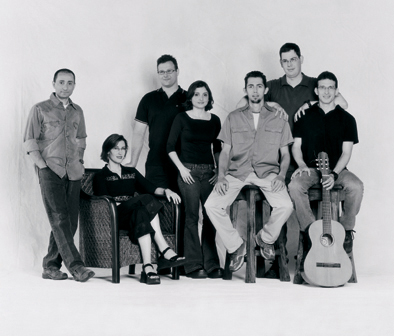Are you a journalist? Please sign up here for our press releases
Subscribe to our monthly newsletter:

Proteins - the fundamental building blocks of life - start out as floppy, randomly shaped chains. They have to fold into precise three-dimensional structures to become functional. Even a slight mistake in this folding process can result in disease. But how does a newborn protein know how to reach its correct shape?
The roots of this question go back to the 1950s, to the pioneering studies of Christian Anfinsen, who was a close friend of the Weizmann Institute and collaborated with many of its scientists, including Prof. Michael Sela. Anfinsen’s research showed that the chemical composition of the protein chains themselves contains all the information needed to fold correctly. He also showed that stabilizing cross-links, called disulfide bonds, can form in the protein chain without help from additional cell factors. A puzzling aspect of his observations, however, was that when proteins fold outside the cell (i.e. in a test tube), their stabilizing cross-links occur much more slowly, requiring days instead of seconds.
Numerous breakthroughs in the fields of genetics and biochemistry have led to the recognition that protein folding in the cell is a highly controlled and complex process. Specific enzymes exist in the cell to speed up certain steps, prevent dangerous side-reactions and clean up the mess when individual proteins fail to fold properly. Protein folding gone awry may lead to a variety of pathological conditions, including Alzheimer’s and Creutzfeldt-Jakob disease.
Continuing in Anfinsen’s footsteps, Dr. Deborah Fass of the Weizmann Institute’s Structural Biology Department is studying newly discovered enzymes charged with forming disulfide bonds in proteins. She and her group are applying X-ray technology to reveal the structures of these enzymes, allowing us to visualize, at the resolution of individual atoms, the sites in the enzymes where cross-links are first created. She is also using her knowledge of disulfide-bond chemistry to study the mechanism by which retroviruses, the family of viruses that includes the AIDS virus (HIV), penetrate the cell.
A better understanding of how disulfide bonds are created in the fateful process of protein folding may contribute to the eventual development of “refolding-based drugs” for the treatment of infectious diseases, such as AIDS. Lessons from the enzymes that carry out intricate biochemical tasks within the cell might also advance new industrial and biomedical applications.
Dr. Fass's research is supported by the Clore Center for Biological Physics and the Leukemia Research Foundation. She is the incumbent of the Lillian and George Lyttle Career Development Chair.